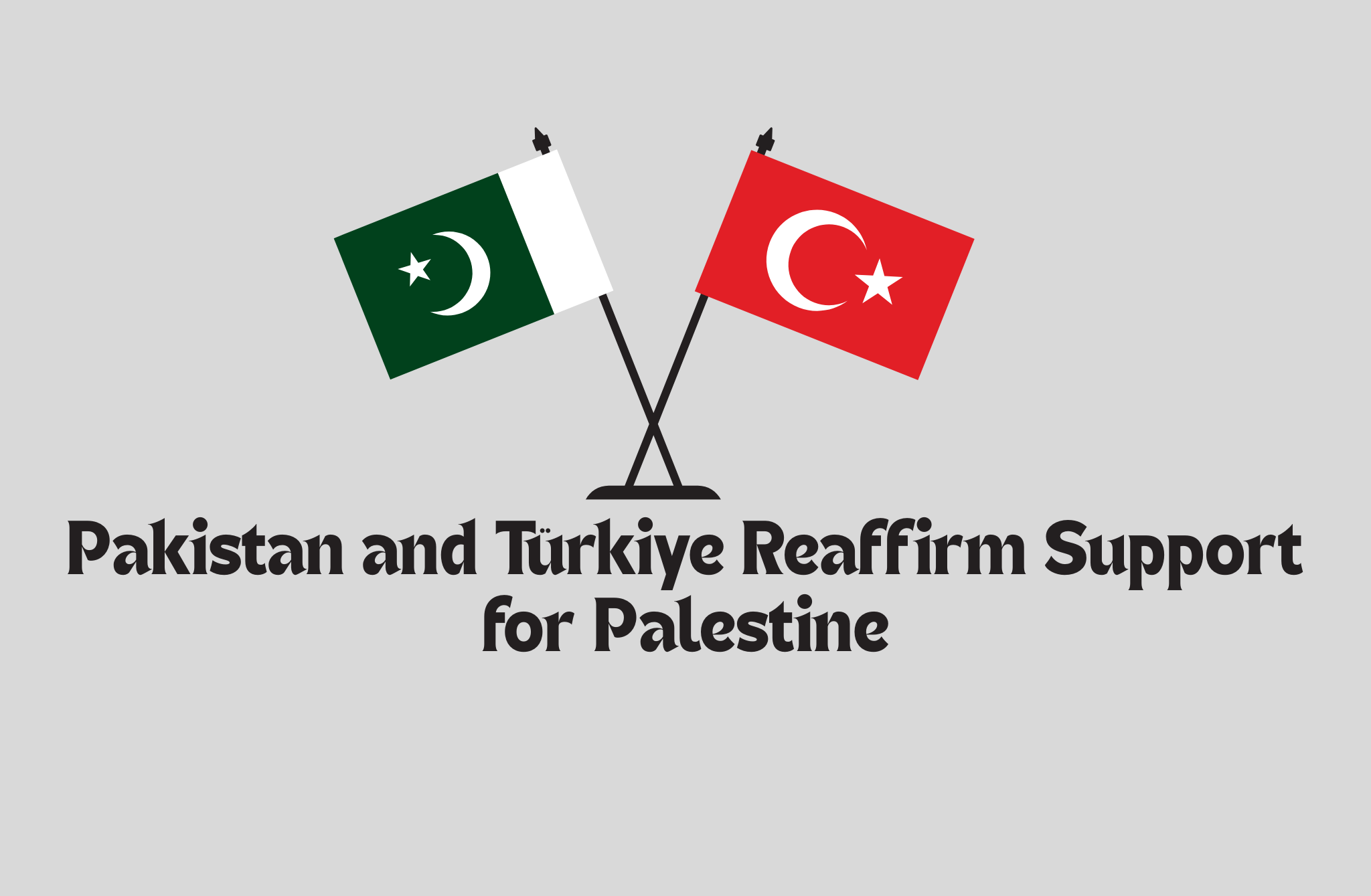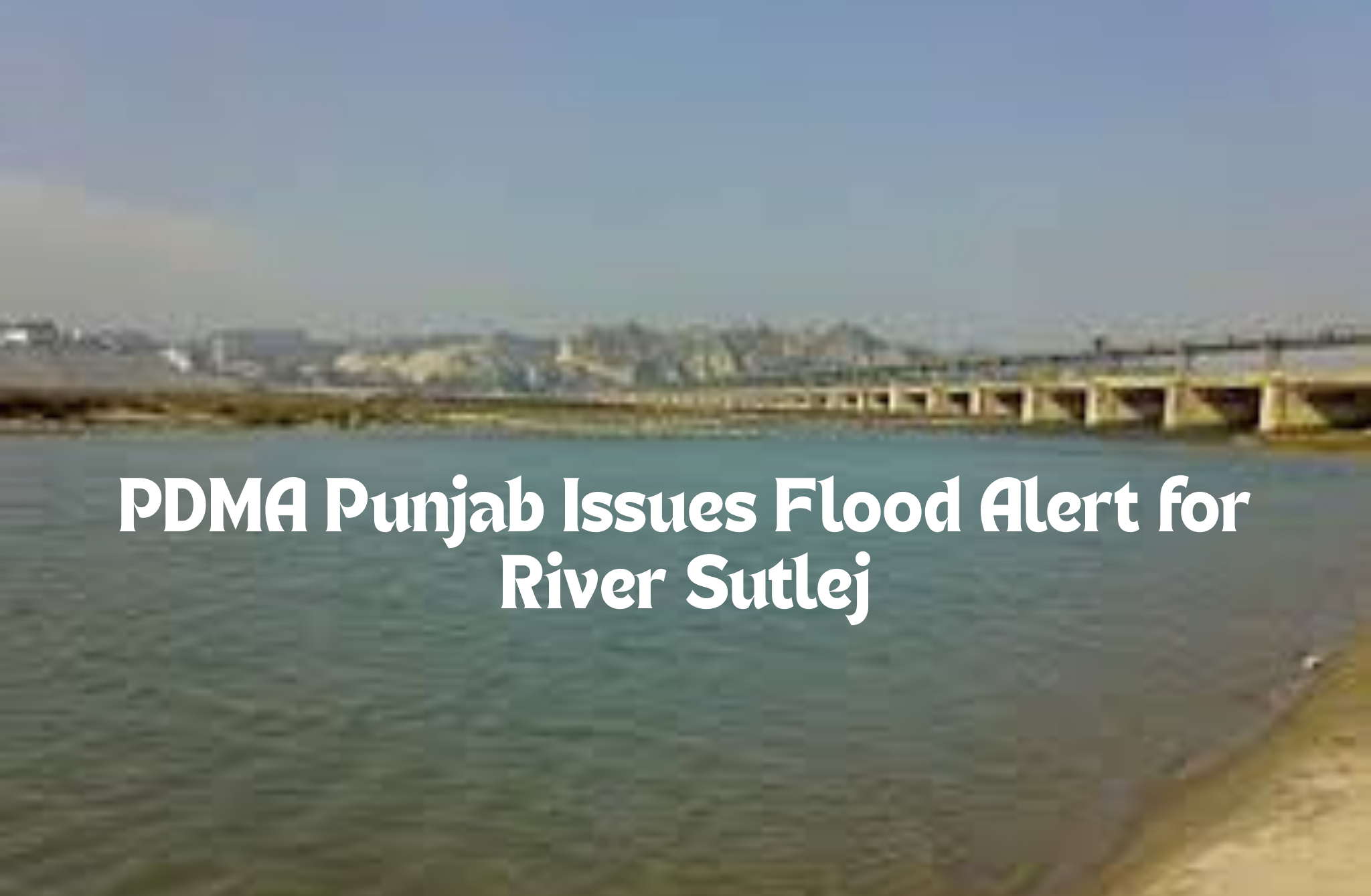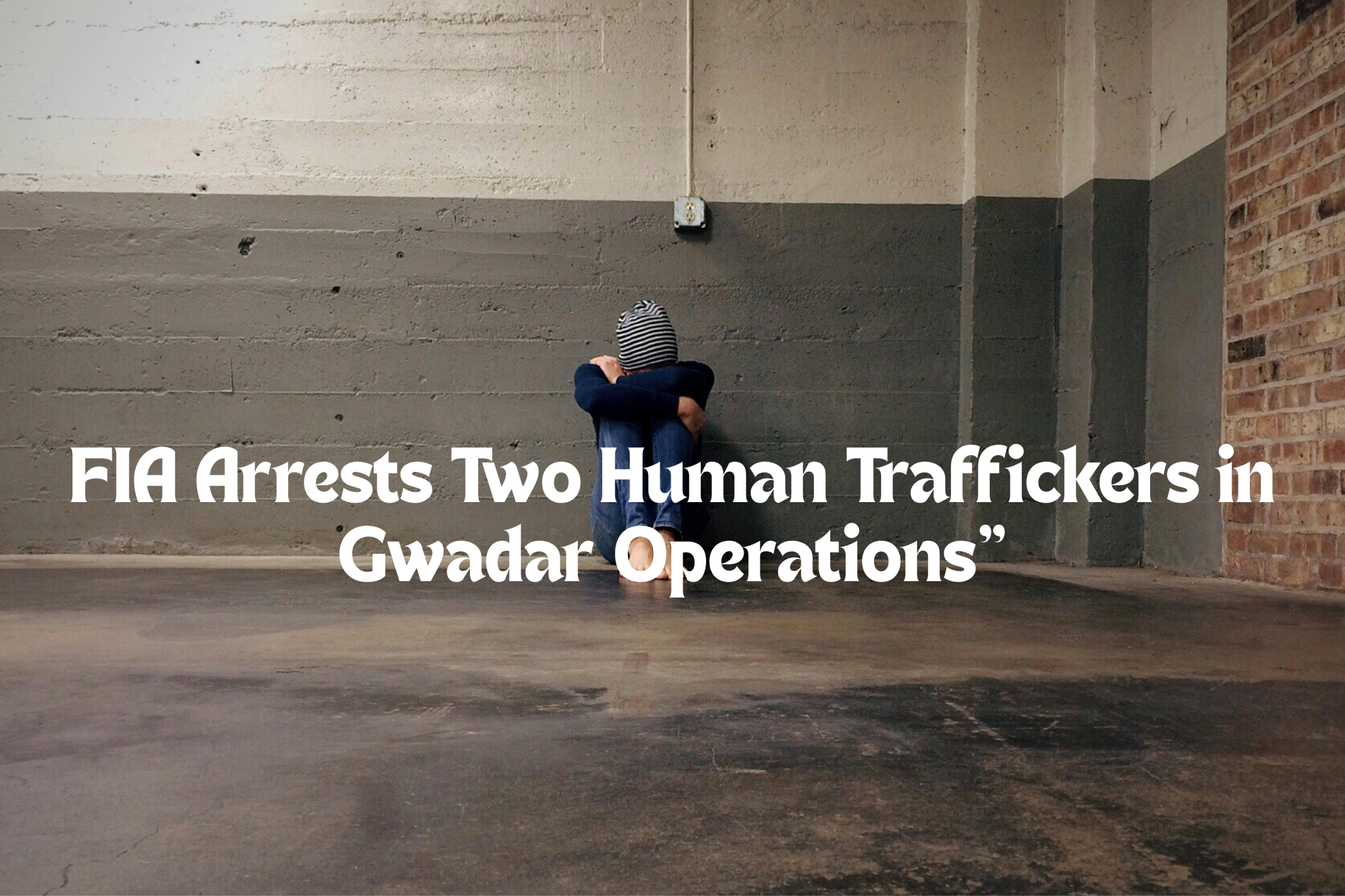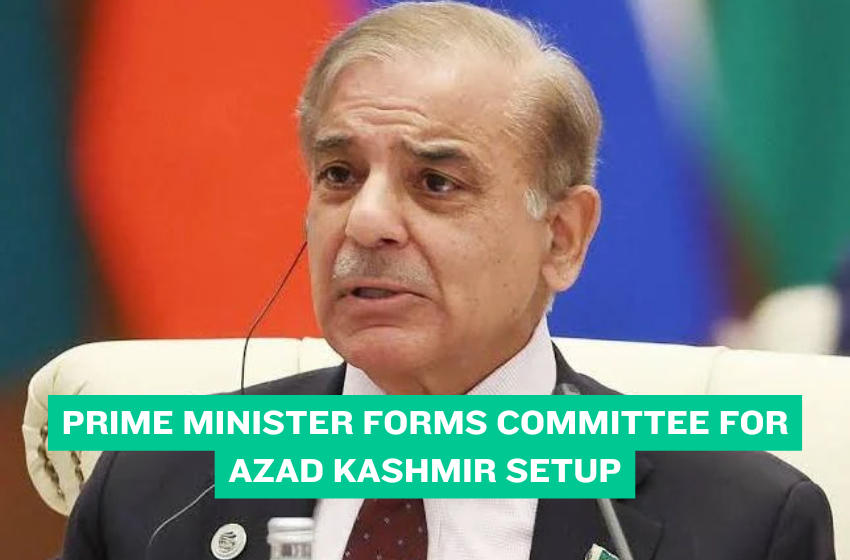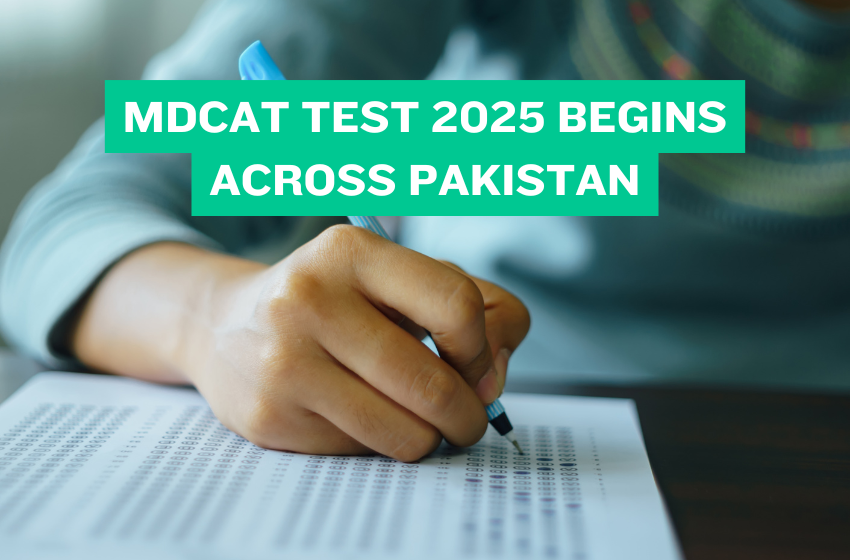Smog in Pakistan has turned into a yearly challenge, especially in Lahore and central Punjab. It began in November 2016, when a thick haze appeared suddenly. It wasn’t the usual cold fog but a mix of smoke and dust caused by pollution. Soon, hospitals saw a rise in respiratory problems, and people learned a new word — smog.
Since then, every year from October to December, Lahore faces what is now called the smog season. The government has spent years studying and fighting this environmental crisis. However, in recent years, officials have claimed that much of the smog in Pakistan comes from across the border — India.
Why Lahore Faces the Worst Smog?
Experts from the Environmental Protection Department (EPD) say that winds from India’s Punjab and Delhi carry smoke from fireworks and crop burning into Pakistan. This smoke mixes with local pollution, making Lahore’s air more toxic.
Recently, during Diwali celebrations and crop residue burning in India, air quality in Lahore worsened sharply. The pollution level crossed 200 on the Air Quality Index — considered very unhealthy. According to environmental officials, calm winds make the situation worse by trapping pollutants close to the ground.
Read Also: Lahore Air Pollution: AQI Reaches 292, Tops World Ranking
From Local Pollution to Cross-Border Issue
When smog first hit Lahore in 2016, experts found several local causes. These included burning crop residue, factory emissions, construction dust, and heavy traffic. However, since 2020, authorities have repeatedly said that cross-border smoke adds to the crisis.
EPD reports show that easterly winds bring pollution from Indian Punjab every October. In 2024, the department stated that the largest smog wave came from India, making Lahore’s air quality dangerous. The environment minister called it “a human issue beyond borders,” urging both Punjabs to plan together for cleaner air.
Calls for Joint Efforts Between Pakistan and India
In 2024, Punjab Chief Minister Maryam Nawaz spoke directly about the issue. She said smog in Pakistan should not be treated as a political matter but as a human and environmental crisis. She announced that she would write to the Chief Minister of Indian Punjab to start “climate diplomacy” for joint action.
Her statement made headlines in both countries. The Indian Punjab Chief Minister, Bhagwant Mann, responded humorously, saying, “Delhi blames us, Lahore blames us — it seems our pollution just circles around!” Still, both leaders agreed on one thing — cooperation, not blame, is the solution.
Using Water Cannons to Reduce Smog
Recently, the Punjab government purchased 15 anti-smog water cannons. These powerful machines spray fine water droplets into the air to bring down dust and smoke particles.
In one test in Lahore’s Kahna area, the pollution level dropped from 666 to 170 — a 70% reduction. Authorities now use these cannons during morning and evening hours when smog levels peak. After Diwali, their use helped keep Lahore’s air quality between 210 and 240.
Local Challenges Still Remain
Despite new technology, local factors still worsen smog in Pakistan. Rapid population growth, unplanned construction, and traffic congestion continue to add pollutants. Experts warn that both countries’ residents are facing serious health risks, and average life expectancy is declining because of toxic air.
Final Thoughts
Smog in Pakistan is no longer just a seasonal event — it’s a national and cross-border challenge. While water cannons and stricter policies help, true progress will come only when both Punjabs work together for cleaner air and a healthier future. The fight against smog in Pakistan must continue for the sake of generations to come.


